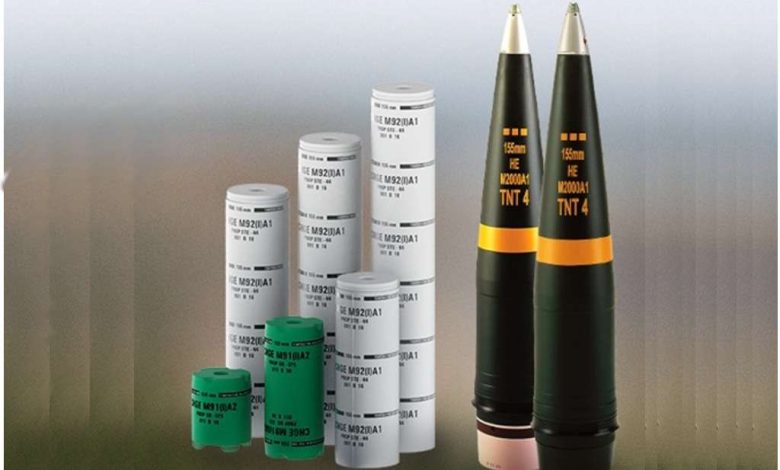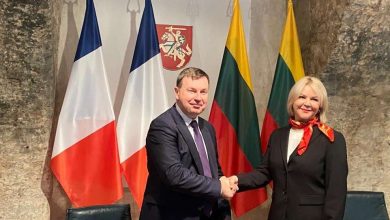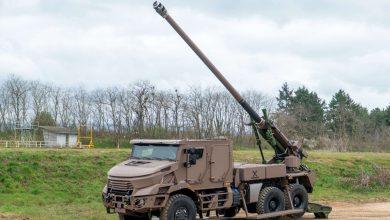
Rheinmetall Secures Significant NATO Contract for 155mm Artillery Shells Worth Hundreds of Millions Euros
Rheinmetall has once again demonstrated its remarkable proficiency in the realm of indirect fire systems: a NATO client has recently placed an order with the Group’s South African division, Rheinmetall Denel Munition, for the provision of 155mm ammunition sourced from its trusted Assegai product line. Secured in July, this agreement is valued at an amount in the upper-two-digit million-euro spectrum. Delivery is scheduled to occur over the upcoming two years.
The latest order includes the entire 155mm Assegai ammunition system, comprising fuses, various projectile variants like high-explosive combat rounds, and Assegai artillery propelling charges. The Assegai artillery ammunition series is compatible with any NATO STANAG-compliant artillery system, including the PzH 2000 self-propelled howitzer.
“We are globally recognized for our advanced long-range Assegai indirect fire technology and are delighted to welcome a new partner nation into the Assegai network,” remarks Jan-Patrick Helmsen, managing director of Rheinmetall Denel Munition.
“As a systems manufacturer, we are continually striving to enhance our innovative technologies, ensuring we deliver our clients’ warriors the most effective and dependable solutions.”
In 2019, Rheinmetall accomplished a groundbreaking maximum range record in South Africa with the Assegai series and other Group innovations such as the new Topcharge. Thanks to the Assegai system methodology – encompassing fuse, projectile, and propelling charges – remarkable ranges were achieved with multiple artillery systems. A non-NATO 155mm artillery piece with 52 caliber lengths and a 25-litre propelling charge chamber reached an impressive range of 76 kilometers.
Rheinmetall Denel Munition is actively pursuing advancements in future artillery technologies. Enhancements are being made to the rocket motor in conventional 155mm Assegai projectiles. Furthermore, new developments are underway, aimed at extending the maximum range beyond 155 kilometers.







